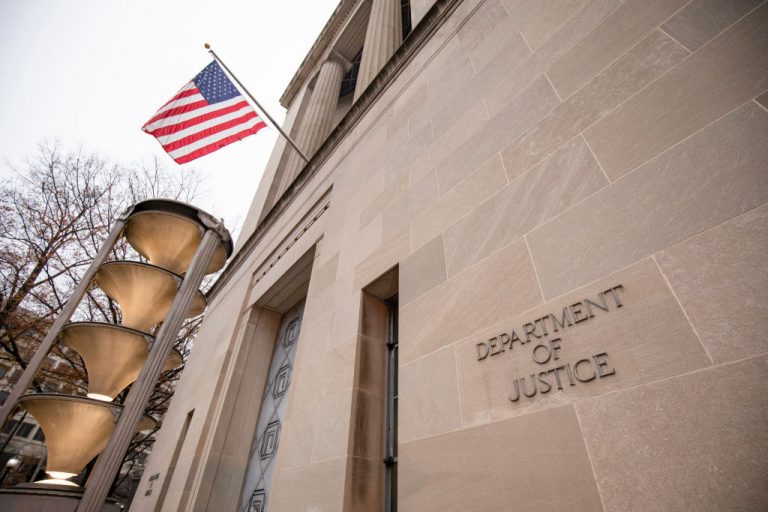On Sunday, July 31, the McKinney fire in California surged drastically, burning through 50,000 acres and growing to become the state’s largest fire of 2022, breaking the previous record set by the Oak Fire.
The McKinney fire burns
The McKinney Fire is believed to have started on Friday, July 29, in the Klamath National Forest — close to the border with Oregon — where it raged out of control.
While the cause of the fire remains under investigation, it may have been ignited by frequent lightning, high winds and temperatures, dry fuel beds and low relative humidity, the U.S. Forest Service said.
“The fuel beds are so dry and they can just erupt from that lightning,” Forest Service spokesperson Adrienne Freeman said according to USA Today. “These thunder cells come with gusty erratic winds that can blow fire in every direction,” Freeman added.
By Sunday evening, it was reported that the blaze had burned more than 80 square miles, The Guardian reported.
Success
You are now signed up for our newsletter
Success
Check your email to complete sign up
According to the California Department of Forestry and Fire Protection (Cal Fire), on Monday morning the fire was still zero percent contained.
The McKinney Fire is threatening the town of Yreka City, where 2,000 people were ordered to flee. At the same time, additional fires, caused by dry lightning, continue to ignite in the area.
Amidst the chaos, residents have been ordered to evacuate the area, but some chose to stay behind. Among the fleeing residents, Larry Castle and his wife, Nancy fled on Saturday, July 30, taking their dogs with them to stay with their daughter near Mount Shasta. They had to leave behind some valuable belongings, including Larry’s motorcycle.
“You look back at the Paradise fire and the Santa Rosa fire and you realize this stuff is very, very serious,” Castle told the Sacramento Bee.
“I’m terrified that my house is going to burn down, and I’ve kind of accepted it,” Jonathan Dixon, whose house contains a collection of prized artworks, told the Los Angeles Times.
Another resident, Jan Williamson, told the Los Angeles Times that she had to leave behind medical equipment that was needed to help with her daughter, Leanne, who is a quadriplegic and has cerebral palsy.
“Whenever it’s especially bad like this, we just have to take one or two minutes at a time, and just manage to get through each day,” Ms. Williamson said.
A Forest Service spokesperson, Tom Stokesberry, said that a “significant buildup of vegetation” was feeding the McKinney fire.
“It’s a very dangerous fire, the geography there is steep and rugged, and this particular area hasn’t burned in a while,” he said.
“It’s continuing to grow with erratic winds and thunderstorms in the area and we’re in triple digit temperatures,” added Caroline Quintanilla, spokesperson at Klamath National Forest.
Tragically, authorities confirmed that two people have been found dead in a car within the disaster zone.
READ MORE:
- Firefighters Continue to Fight the Massive Oak Fire in California
- Spanish Wildfire Sparked by Blockchain-powered Autonomous Tree Planters, Again
- European Wildfires Are Detonating Unexploded 100-year-old Shells Fired in WWI
California governor Gavin Newsom declared a state of emergency in Siskiyou county on Saturday, as structures and infrastructure were threatened by the blaze.
A few days before the McKinney Fire, the Oak Fire also raged through large swathes of land and destroyed several homes. By Sunday morning, CalFire reported that 64 percent of the fire was contained.
Fires across the US
Elsewhere, in the U.S, the high temperatures have sparked fires in other states.
In northwest Montana, the Elmo wildfire was burning close to the town of Elmo, prompting firefighters to race to combat the flames with close air support.
The Moose fire in Idaho is also forcing citizens to flee from the town of Salmon, close to the Salmon-Challis national forest where the fire burned through more than 75 square miles of forest.
Fire crews were also at work battling flames on Maui near Paia Bay, Hawaii on Saturday evening.
Firefighters in north Texas also continue to fight the Chalk Mountain fire — which began two weeks ago — bringing containment of the blaze to 83 percent.







